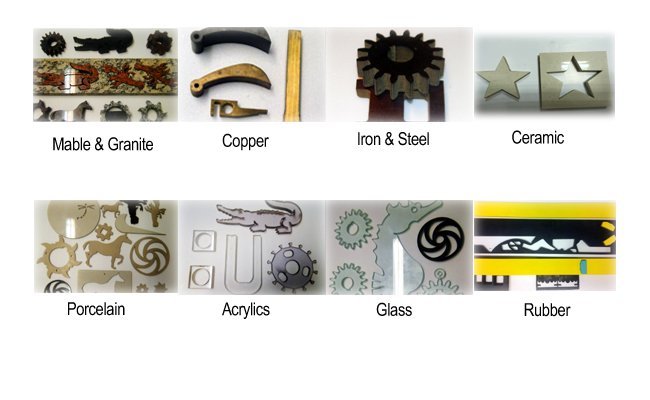Our Company does not disclose visitors' information(which may include Emails, Company
names, Customer Names) to third parties other than when order details are processed as part
of the order fulfilment. In this case, the third party will not disclose any of the details
to any other third party.
Cookies are used on this business site to keep track of the contents of your visits and click
behavior, no private information will be collected. You can turn off cookies within your
browser by going to 'Tools | Internet Options | Privacy' and selecting to block cookies.
Data collected by this site is used to:
a.Take and fulfil customer's requirement for product inquiry
b.Administer and enhance the site and service
c.Only disclose information to third-parties for goods delivery purposes










 Onejet Waterjet
Onejet Waterjet
